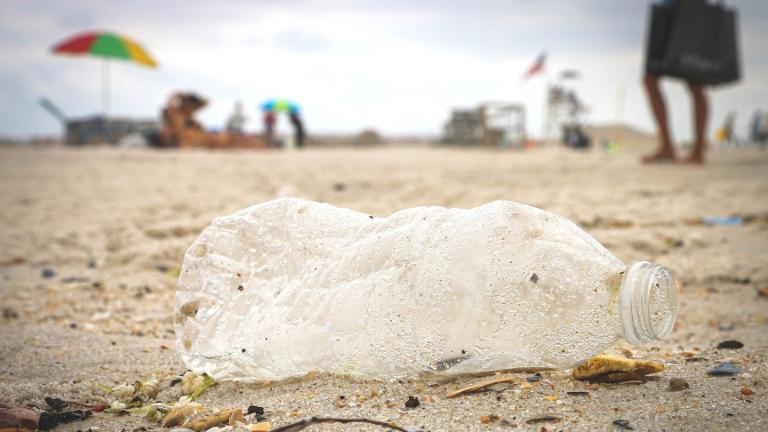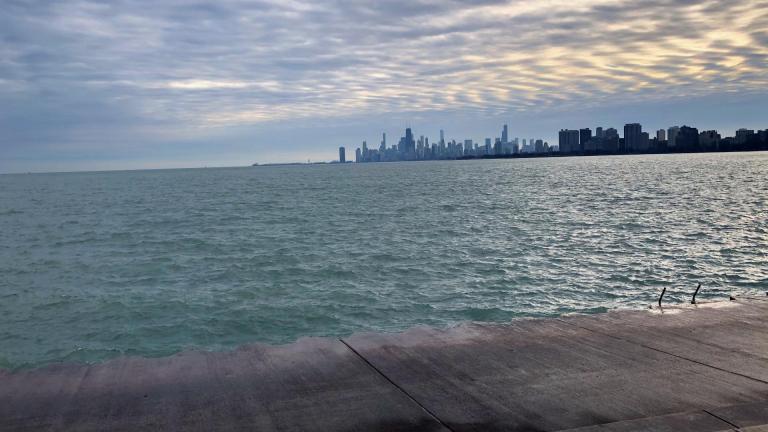Toward the end of the Civil War as Chicago’s population began to boom, water from the Chicago River in Lake Michigan was polluted with raw sewage, chemicals and rotting animal carcasses from the Union Stockyards causing epidemics of cholera, typhoid and dysentery.
Enter Ellis Chesbrough, Chicago’s first city engineer and designer of the water delivery system we still use today.
Chesbrough’s plan: build an offshore structure called a crib to act as a straw and bring clean water from miles out on the lake through a pipeline and into the city.
Sounds simple, right? Not so much.
He had one crew working on the shore digging 200 feet below the lake bottom, a second crew building a water intake crib two miles out on the lake digging down and west from there inching toward the other tunnel. But remember it’s 1864, so the digging was done by hand using picks, shovels and mules 24 hours a day and six days a week.
Fast forward two years and the two crews finally met in the middle. Remarkably, they were only 7.5 inches out of alignment.
With great fanfare, the crib opened in March 1867. Thousands of gallons of fresh, unpolluted water flowed into the new 154-foot-tall Chicago Water Tower and pumping station on Michigan Avenue.
After the Great Chicago Fire of 1871, the city decided to build more water cribs to spread out the water supply for fire protection. All in all, nine cribs were built off Chicago’s shores. Today, six of those cribs are still standing but only two are in active use. They still siphon water through the tunnels 200 feet below the lake into Chicago’s two water treatment plants.
From there, the water goes to the city’s 12 pumping stations, which pressurize and push the water out along the 4,300 miles of water mains straight to your tap.
So the next time you take a drink or wash your hands, think about the cribs and say thanks to the city’s unsung hero Ellis Chesbrough … because no one wants dysentery.







